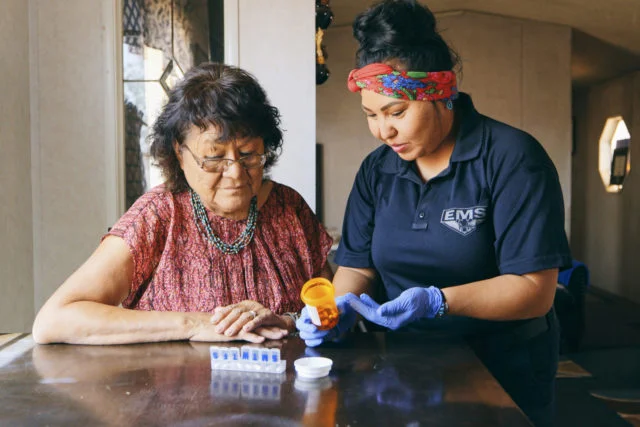
Public Long-Term Care Insurance and the Housing and Living Arrangements of the Elderly: Evidence from Medicare Home Health Benefits
Abstract
We provide empirical evidence on the extent to which long-term care insurance affects the housing and living arrangements of the elderly by examining plausibly exogenous changes in the supply of long-term care insurance through the Medicare program that occurred in the late 1990s. Prior to 1997, Medicare reimbursed home health care agencies on a retrospective-cost basis. Then, starting in October, 1997, as a result of the Balanced Budget Act of 1997 (BBA97), Medicare switched to a system of prospective payments for home health care, which induced state-by-calendar-year variation in the supply of this type of public long-term care insurance. We exploit this variation to econometrically identify the impact on the housing and living arrangements of the elderly, using CPS data from 1995-2000 (before and after the law change). Our estimates indicate that living arrangements are quite responsive to home health care benefits. The estimated elasticity of shared living to benefits is −0.7 over all elderly and −1 for widowed elderly. However, these benefits have little impact on household headship among the elderly. This suggests that the bulk of the shared-living response occurred through co-residents living in elderly households. There is some weak evidence that increases in benefits raised elderly homeownership.







